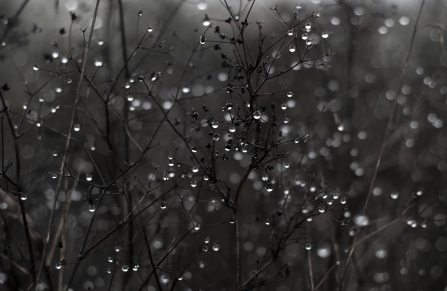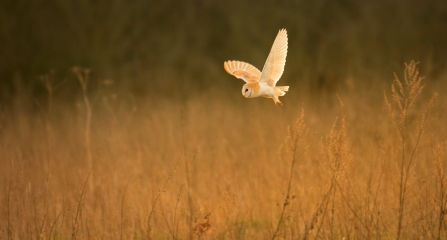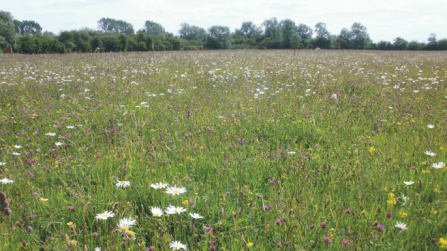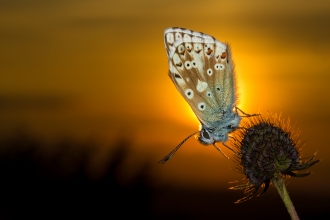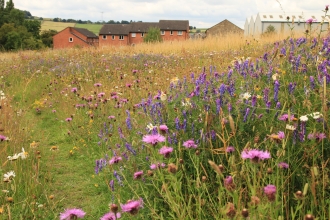Early on New Year’s morning 2020, mizzle fell on Chimney Meadows, but, after the last flock of conservation grazing sheep was fed, in a blink of an eye the sky cleared and the first rays of sun broke through. The warmth was deliciously discernible and the sudden light captivating.
Witnessing the first appearance of the sun felt like a symbolic moment, bringing a sense of hope and promise for the new year ahead – a moment in time worth cherishing.
Of course, the wet weather which dominated much of the later months of 2019 has continued, if not stepped up a notch, into January and February. Persistent drizzle, sudden squalls and prolonged periods of bucketing rain have gradually led to puddles becoming pools and temporary lakes forming a vast watery landscape.

